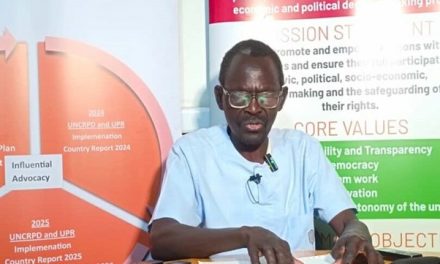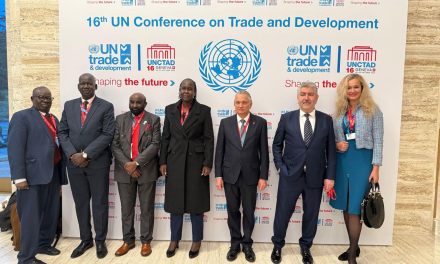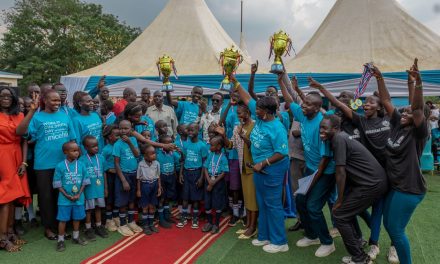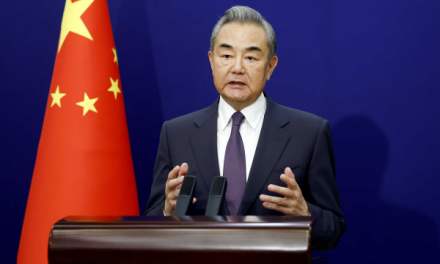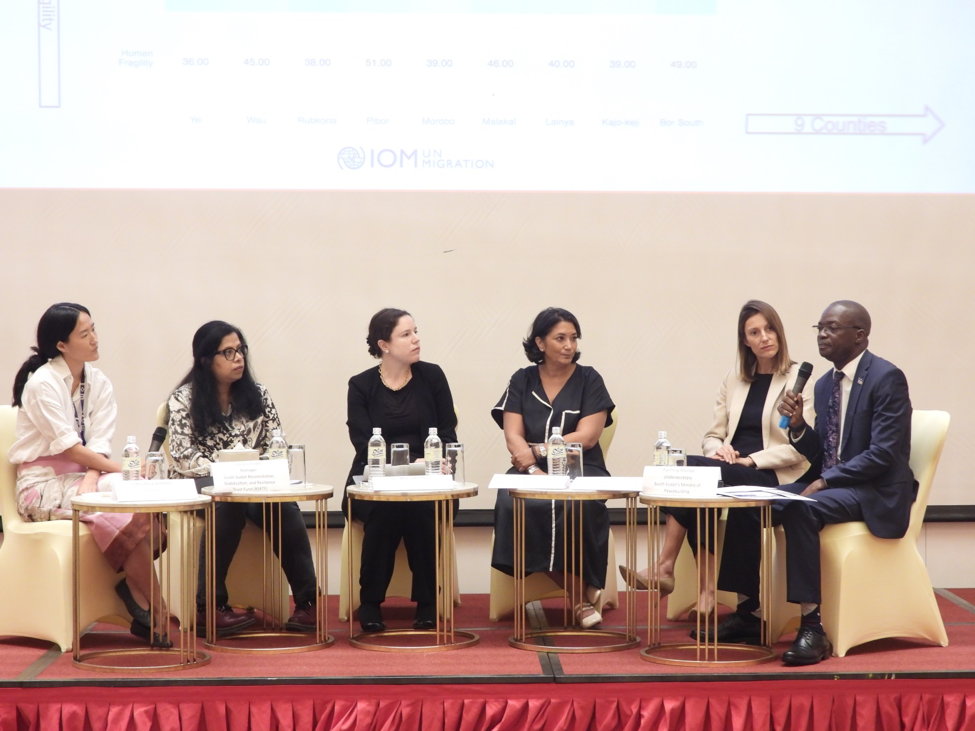
Supporting community resilience programmes boosts local economy, study reveals

By Musa Mahadi
Communities see significant income increases when long-term infrastructure and resilience programmes are implemented in their communities, with some families seeing an almost 150 percent increase in their income, a new study has revealed. The study assessed the impact of the United Nations World Food Programme’s (WFP) food assistance for assets interventions on local economies and found that for every US$1 invested in the programme there was a US$1.50 return through direct and indirect benefits in the local community. The food assistance for assets programme provides participants with cash, vouchers, or food to address immediate food insecurity while simultaneously engaging them in the building or rehabilitation of assets such as dykes, ponds, and roads that improve long-term food security and resilience. “When families are provided with cash, they can spend it on food and other necessities which boosts local economies, benefitting everyone from producers to consumers,” said Shaun Hughes, WFP acting Representative to South Sudan. “The assets they build, such as roads, also have a multiplier effect, allowing farmers to move their produce to aggregation centres or markets faster and reducing the risk of produce going bad. Traders also benefit with increased access to produce and customers who have more cash to spend.” While the impact on community members who are directly enrolled in the programme may be immediately evident, the study also found that there is a knock-on effect across the community with income rises of almost 25 percent amongst non-programme participants. This can be attributed to the indirect effects of the programme. In areas where roads have been built by the community as part of the resilience programme, the study found significantly higher crop production, a precursor for food security. The roads were also found to generate around an extra US $75,000 in revenue for local communities, besides creating more than 2,000 jobs each year. For example, in Western Bahr El Ghazal’s Jur River County, young people have been engaged on a cash for work basis to construct feeder roads in Kujiena Payam. The road help link farmers from the nearby villages to the markets, connect communities to health centres and children to schools. “With the money I will get from this project, I will open a small restaurant in the market,” says 35-year-old Achalla Uguak, a farmer and mother of five. “If the restaurant works well, I will send my children to study at Wau where the education is better, and I will improve my house.” The construction of community infrastructure and developing the skills of young people in the communities is an integral part of WFP’s Country Strategic Plan in South Sudan. “Building the resilience of the South Sudanese people is a key priority for the government as part of a strategic shift away from the chronic dependence on humanitarian assistance,” said Dr John Ogoto Kanisio, Under Secretary for Food Security in the Ministry of Agriculture and Food Security.“We need to preserve and utilize the natural resources such as land, water, and forestry in a sustainable manner to avoid compromising future needs of the country especially in agriculture and food security.” In 2022 close to 500,000 people received food assistance through the food assistance for assets programme. Additionally, over 50,000 hectares of crop farms and vegetable gardens were cultivated, 130,000 individuals received livelihood training, and 900 kilometres of roads, dykes and water channels were also constructed.

